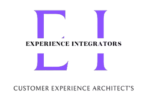



Professional Memberships
About Us
Founding Director – CRM Foundation of India
for propagation of CRM knowledge & skills to Indian Market
Setting up Escotel CRM Chair
at IIM Lucknow
Programme Director
for 2 National Seminars of AIIMA
– Creating Customer Focussed Organisations
– Creating & Managing sustainable Customer Experience
Chairperson for
– Customer Experience Management Asia , Singapore & Workshop Leader – Customer Journey mapping
– Customer Experience Management – Telecom Singapore
Current Member
CII Services Council & ex Member CII committee – Marketing & Customer Focus
Ex Member
DMA sub Committee on Marketing & Customer Service
Session Leader
for L&T Senior Leadership / Institute of Directors/ONGC Leadership teams on CRM
Key Note Speaker
at Market Research Society of India
CRM Guest Lectures
at IIM Lucknow/MDI/AIIMA/Amity Business School/Fore School of management/ Pearl Academy/IMI/Jamia Hamdard/Inmantech,etc
Panel Chairperson
ET Customer Experience summit/Loyalty Conference/Customer Experience summit /Service Quality Summit/ Customer Experience summit
CRM Speaker at national /international forum’s
UK - London/France NICE/ China - Beijing/Shanghai /Singapore/Malayasia & across India.
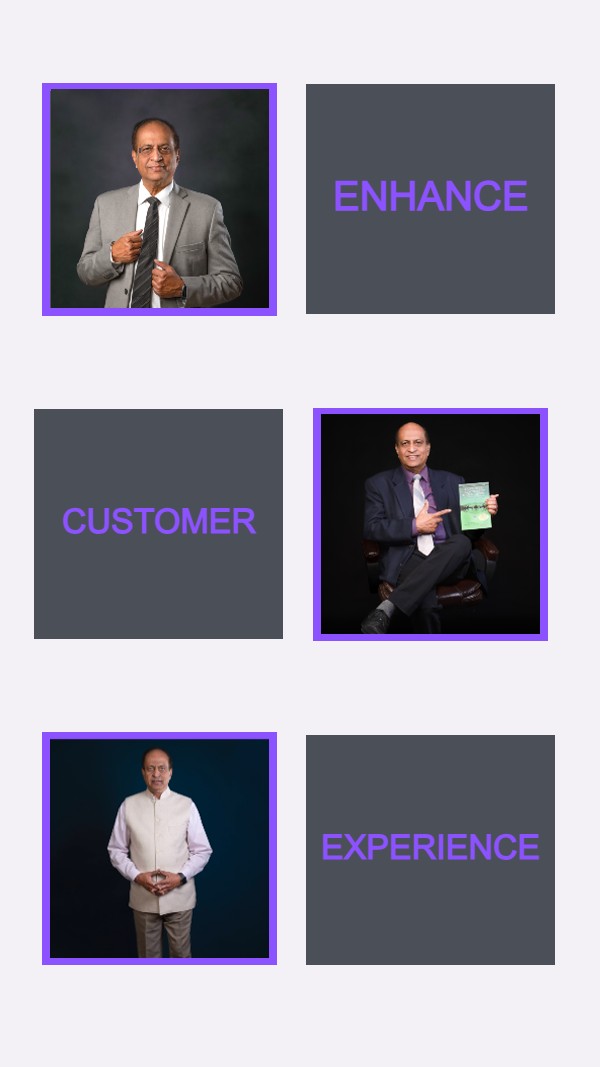
Organisations & Clients









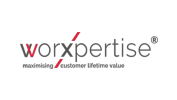
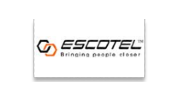
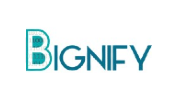
Awards & Achievements
Escotel Mobile Communication rated best in Customer Service in Year in the industry
by Voice & Data
Aegis Graham Bell Award for Service Innovations
ET Telecom award for Mobile Customer Service
ET Telecom award for Mobile Customer Service
Customer Experience Transformation award
by Kamikaze Customer Fest
Telecom Leadership award – Customer Service
by Voice & Data
Customer Experience Innovator of the Year
by Twitter & OneDirect
Testimonials
What Clients Are Saying
Sandip Das
Board Director, Former CEO,Strategic Thinker, Advisor, Mentor, Brand Fanatic, Public Speaker
Rajiv Khosla
CEO and Co-Founder at Bignify.com | Creating a futuristic model for Enterprise
Nalin Mehta
Coach for SMEs, Build a High Performing Team, Improve Inventory and Cash Management, Grow your Market Operations
Renu Elizabeth Jamwal
Head - Experience Delivery, Call Centers at Aircel
Rajesh Sharma
State CSD Head at Reliance Jio
Rajiv Khosla
CEO and Co-Founder at Bignify.com | Creating a futuristic model for Enterprise
Sandip Das
Board Director, Former CEO, Strategic Thinker, Advisor, Mentor, Brand Fanatic, Public Speaker
Rajesh Sharma
State CSD Head at Reliance Jio
Renu Elizabeth Jamwal
Head - Experience Delivery, Call Centers at Aircel

FAQs
- Net Promoter Score (NPS): NPS measures customer loyalty by asking a simple question: “On a scale of 0-10, how likely are you to recommend our product/service to others?” It categorizes respondents into Promoters (9-10), Passives (7-8), and Detractors (0-6), providing a clear metric to track over time.
- Customer Satisfaction Score (CSAT): CSAT measures satisfaction by asking customers to rate their satisfaction with a specific interaction or experience (e.g., “How satisfied were you with your recent purchase/service on a scale of 1-5?”).
- Customer Effort Score (CES): CES measures the ease of a customer’s experience, particularly in resolving an issue or completing a task. It asks, “How easy was it to [complete this task]?” with responses ranging from “very difficult” to “very easy.”
- Feedback Surveys: Use structured surveys, both post-interaction and periodic, to gather detailed feedback on various aspects of your product/service. Ensure the surveys are concise, clear, and easy to complete.
- Social Media Monitoring: Monitor social media platforms for mentions, reviews, and sentiments related to your brand. Tools can help track and analyze these conversations, providing insights into customer sentiment.
- Customer Interviews and Focus Groups: Conduct in-depth interviews or focus groups to gain qualitative insights into customer perceptions, pain points, and suggestions for improvement.
- Customer Churn Rate: Track the rate at which customers stop using your product/service. High churn rates can indicate dissatisfaction or unmet expectations.
- Customer Support Metrics: Analyse metrics such as resolution time, first contact resolution rate, and customer service feedback to gauge satisfaction with support interactions.
- Website and App Analytics: Use analytics tools to track user behaviour on your website or app. Identify drop-off points, time spent on pages, and user paths to understand where customers might face difficulties.
- Benchmarking: Compare your satisfaction metrics against industry benchmarks or competitors’ performance to gain perspective on your standing.
Remember, combining quantitative metrics with qualitative feedback provides a holistic view of customer satisfaction. Regularly analyzing and acting upon these metrics helps in continuously improving the customer experience and driving overall satisfaction.
- Customer Feedback Analysis: Review customer feedback from various channels (surveys, reviews, social media, etc.) to pinpoint recurring complaints or areas of dissatisfaction. Look for patterns or common themes in both positive and negative feedback.
- Customer Journey Mapping: Map out the customer journey from the initial interaction to post-purchase support. Identify potential pain points, delays, or gaps in service at each stage. This helps visualize the customer’s experience and identify areas for improvement.
- Employee Feedback and Insights: Gather insights from employees who directly interact with customers. They often have valuable insights into areas that might be causing frustration or dissatisfaction among customers.
- Benchmarking and Comparative Analysis: Compare your customer experience metrics with industry standards or competitors. Identify areas where your performance lags behind or areas where you excel.
- Data Analytics: Utilize data analytics tools to analyze customer behavior, trends, and conversion paths. This can uncover areas where customers drop off or encounter difficulties during their interaction with your business.
- Mystery Shopping or Testing: Conduct ‘mystery shopping’ or simulated customer interactions to experience your service firsthand. This can reveal issues that might not be apparent from internal analysis.
- Accessibility and Usability Testing: Evaluate the accessibility and usability of your products/services, especially in the digital realm. Ensure that your platforms are user-friendly and intuitive for customers.
- Compliance and Ethical Standards: Ensure that your business meets ethical and compliance standards. Lapses in this area can significantly impact customer trust and experience.
- Cross-Departmental Assessment: Involve various departments (sales, marketing, customer support, etc.) in assessing their contributions to the overall customer experience. Collaboration can highlight areas needing attention.
- Trends and Emerging Customer Needs: Stay updated on industry trends and evolving customer needs. Anticipating future needs can help in proactively addressing potential areas of improvement.
By combining these approaches, businesses can gain a comprehensive understanding of areas where their customer experience might be lacking, allowing them to prioritize and address these shortcomings effectively.
- Assessment and Gap Identification: First, it’s important to assess the current skill sets, knowledge, and customer service standards among your employees. Identifying gaps between existing skills and desired competencies helps in creating targeted training programs.
- Developing Training Modules: Tailor training modules to address specific areas for improvement. These could include communication skills, product knowledge, conflict resolution, empathy training, and understanding customer needs.
- Interactive Training Sessions: Engage employees in interactive sessions rather than just lectures. Role-playing exercises, case studies, and simulations can help employees practice real-life scenarios they might encounter when dealing with customers.
- Emphasize Customer-Centric Approach: Train employees to understand the importance of a customer-centric approach. This involves active listening, empathy, and the ability to go above and beyond to meet customer needs.
- Utilize Technology: Incorporate training through various technological tools like e-learning platforms, webinars, or mobile apps. These tools can offer flexibility and accessibility for employees to learn at their own pace.
- Feedback and Evaluation: Implement a feedback mechanism to assess the effectiveness of training programs. Regular evaluation helps in understanding what works and what needs improvement.
- Continuous Learning: Customer preferences and industry standards change over time. Encourage continuous learning among employees to stay updated with new trends and evolving customer needs.
- Leadership Buy-In and Support: Ensure that leadership actively supports and participates in these training initiatives. When leaders prioritize customer experience, it sets the tone for the entire organization.
- Recognition and Incentives: Reward employees who consistently excel in providing exceptional customer service. Recognizing and incentivizing good performance can motivate others to follow suit.
- Integration into Company Culture: Embed the principles of excellent customer service into the company culture. It should not be seen as a separate task but as an integral part of how the business operates.
Remember, effective training isn’t a one-time event; it’s an ongoing process. Regular reinforcement, practice, and adaptation to changing customer needs are crucial for sustained improvement in customer experience through employee training.
